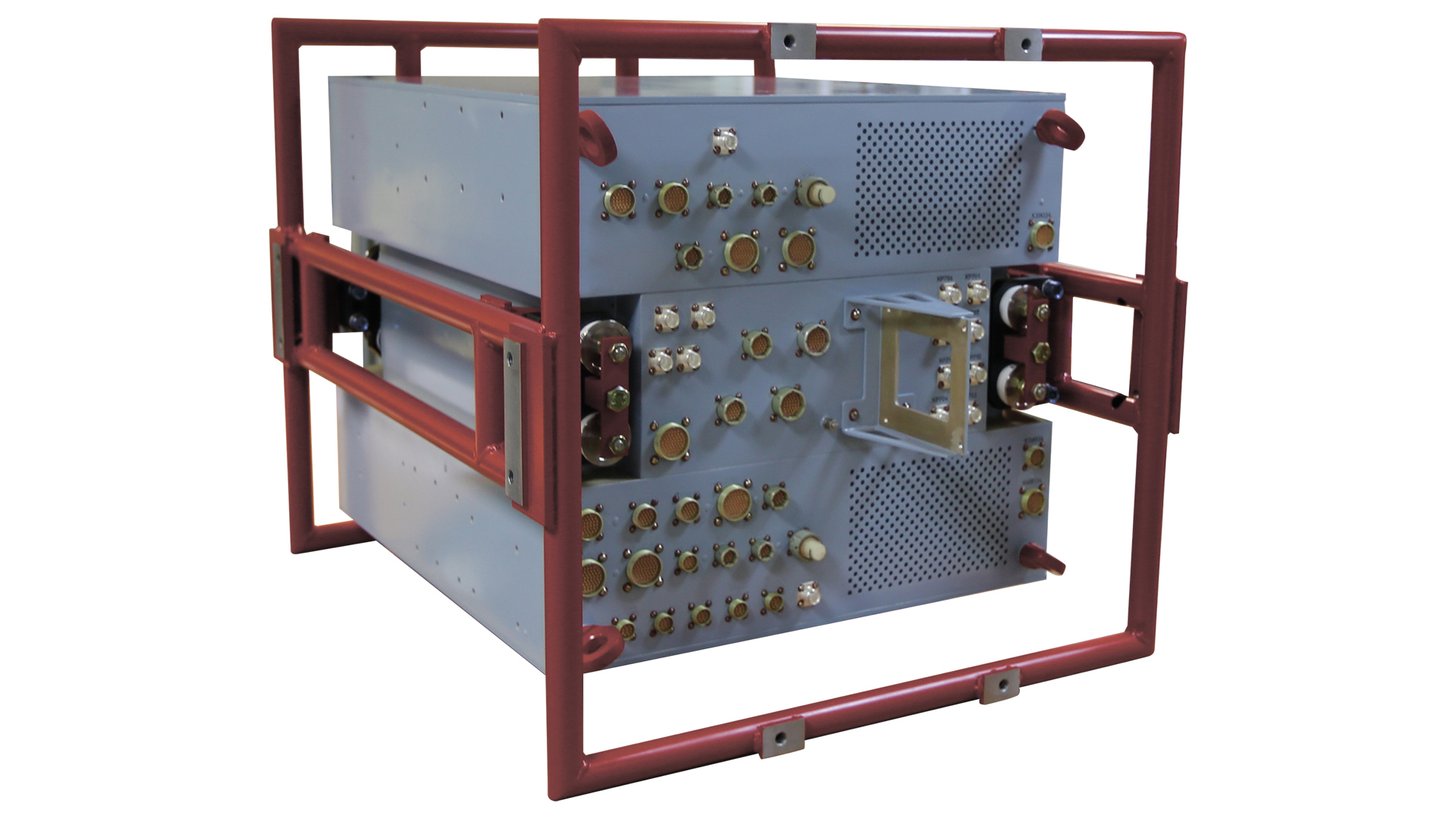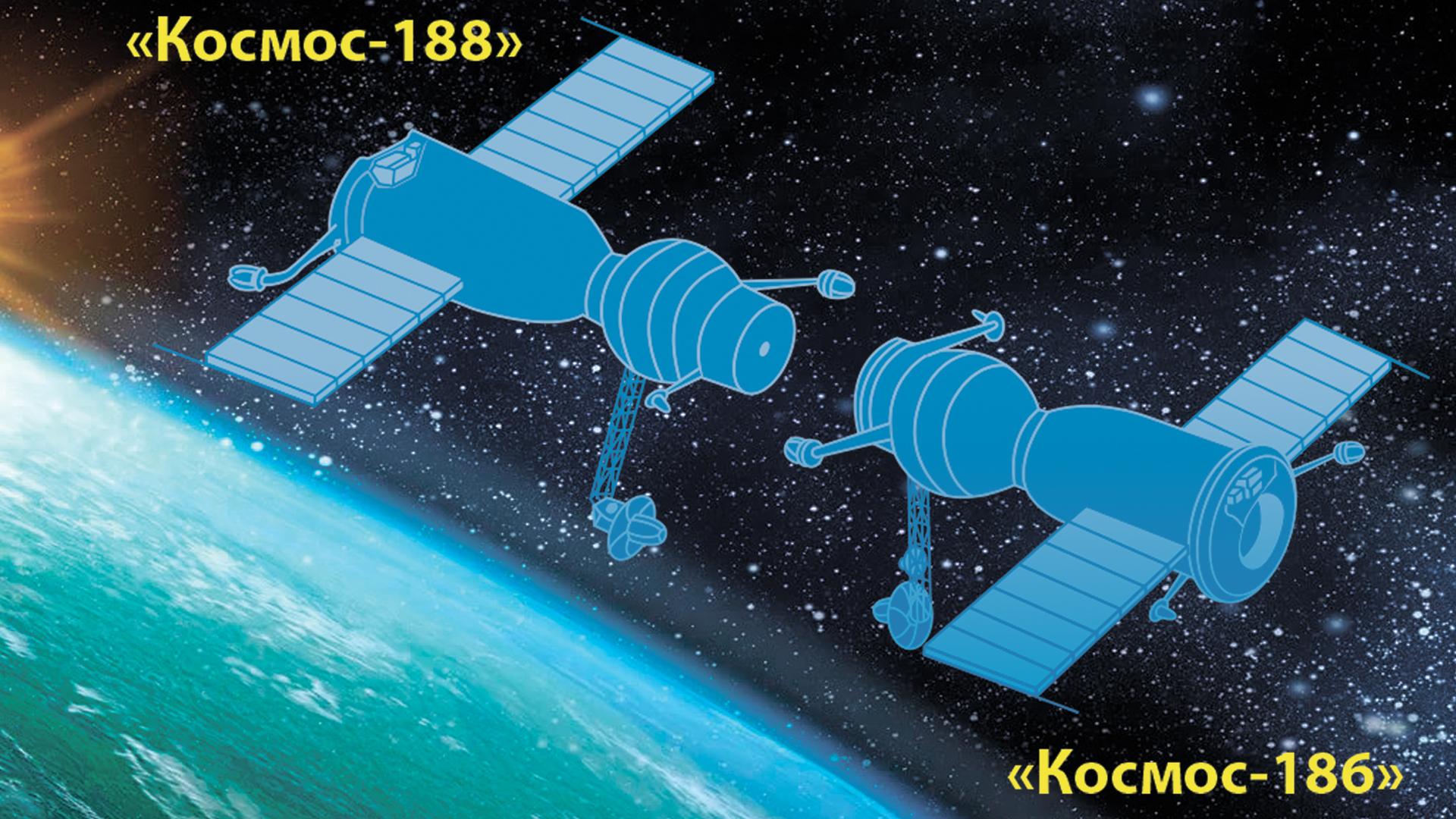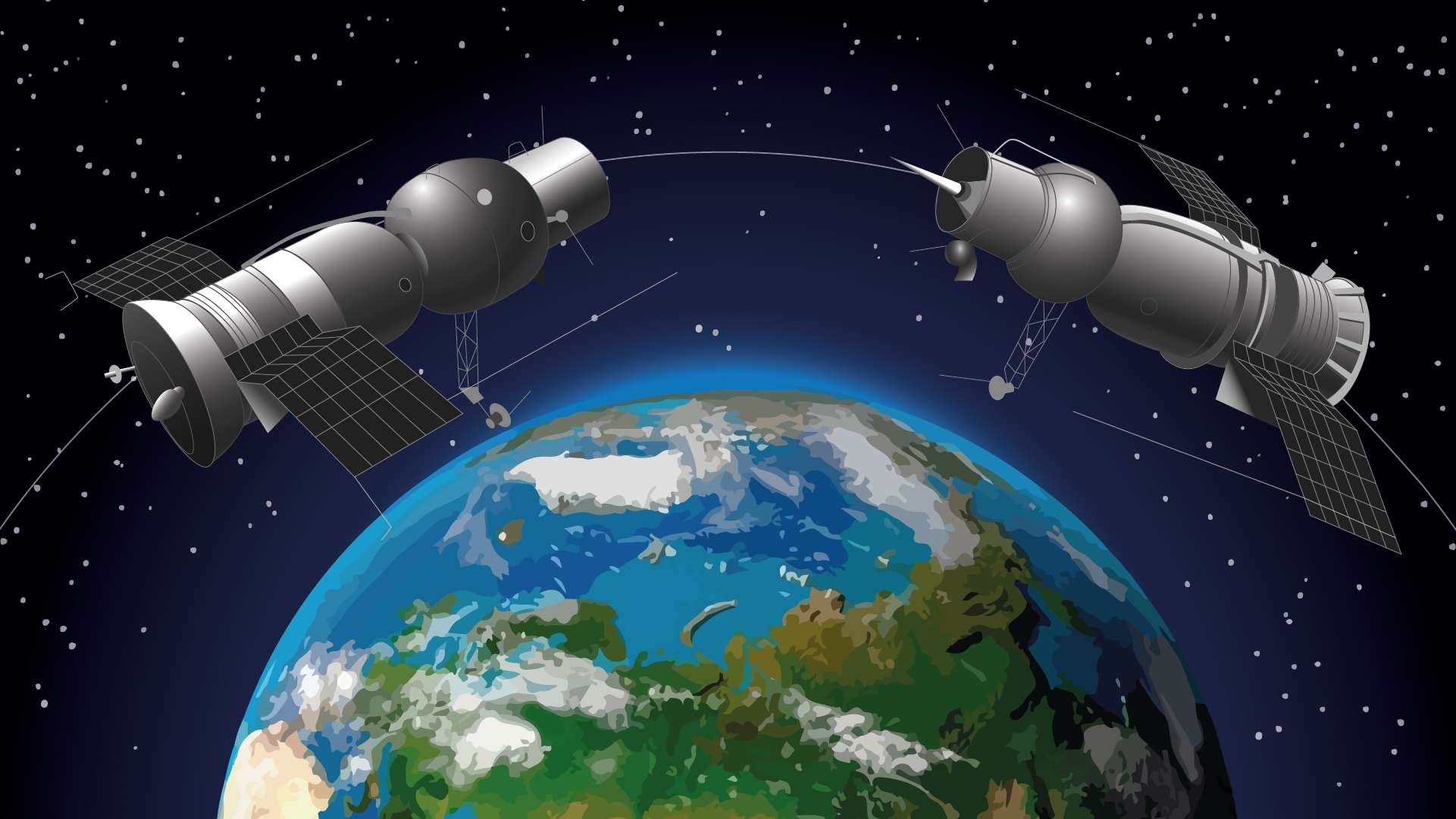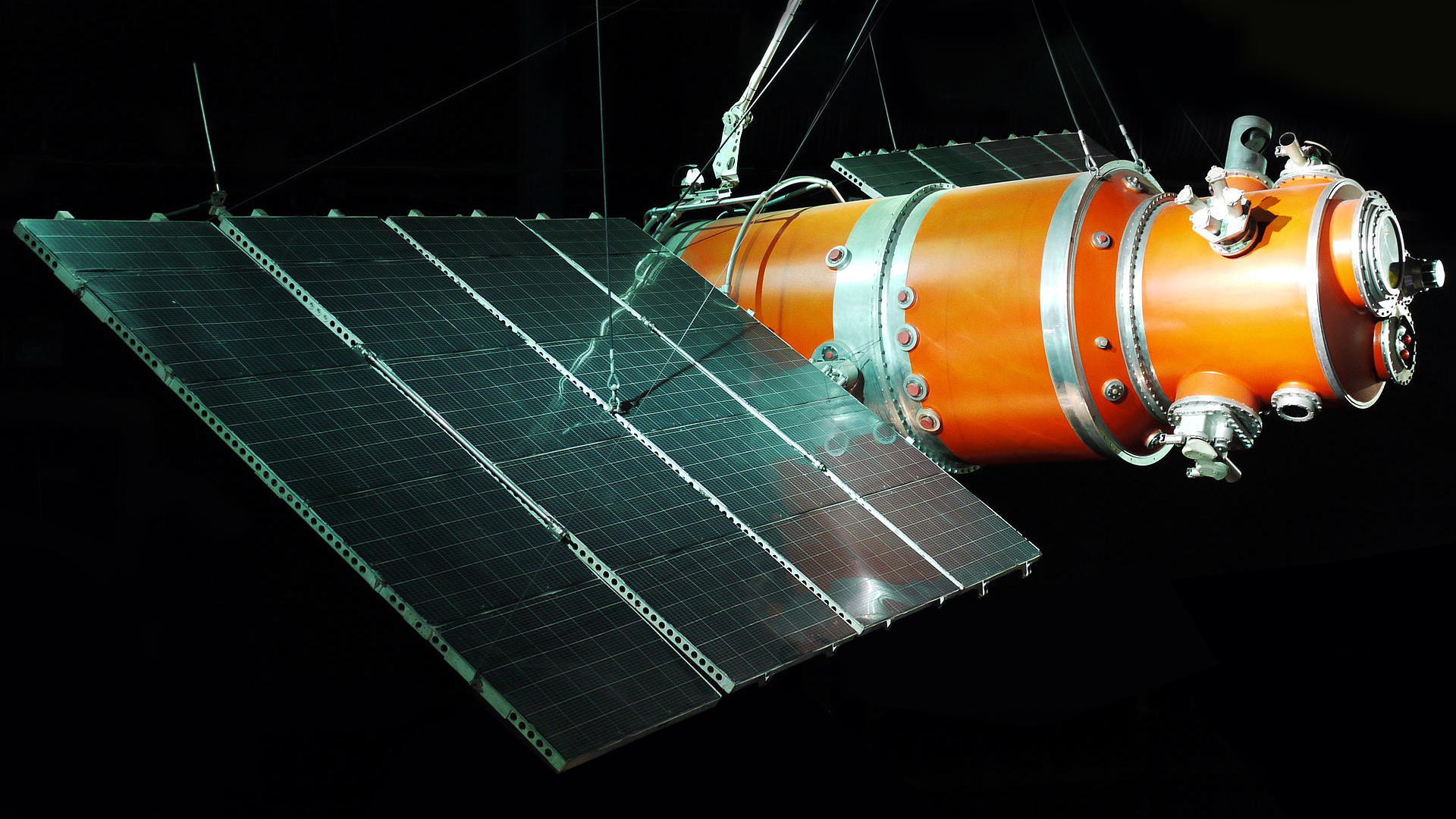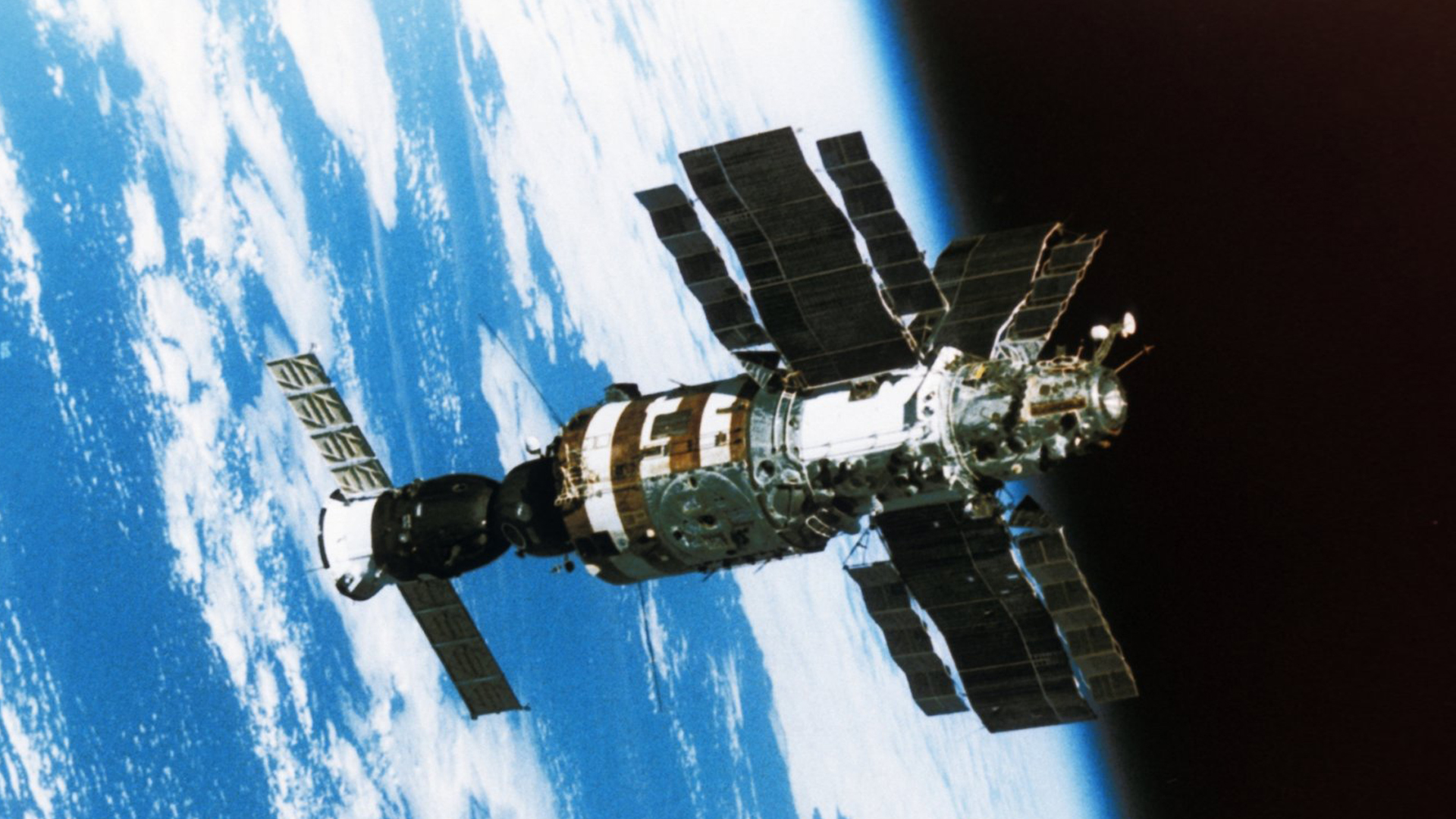History of Research Institute of TP
1952
The Research Institute of Precision Instruments (RIPI) (NII-648) was set up under the USSR Council of Ministers’ Decree #1662-606 of 4 April 1952 on the base of #499 plant in the city of Babushkin, located in the Moscow suburb. The main research areas were then identified - development and manufacturing radio control links.
Milestones:
1952 - NII-648; 1966 - Research Institute of Precision Instruments; 1997 - FSUE “Research Institute of Precision Instruments”; 2009 - ОJSC “Research Institute of Precision Instruments”; 2015 - JSC “Research Institute of Precision Instruments”.

1956
In 1956 the Institute started manufacturing equipment for the Russian space industry.

1958
The NII-648 team of engineers and scientists developed the first ever command radio link “MRV-2M-BPU-DP” for the third Soviet artificial satellite. The “Sputnik-3” satellite, launched on May 15, 1958, became the first spacecraft in the history of space exploration to have all the systems, present in similar modern products: it could not only transmit radio signals, but also received commands from the Earth.
The geographically distributed network of ground stations, constructed in the USSR made it possible to control the satellite at any point of outer space while passing over the USSR territory; uplink a series of preset one-time commands and adjust the operation of on-board equipment.

1961
The NII-648 specialists developed and produced the modernized radio command link “MRV-2M-BPU-DP”, which provided the flight of the first cosmonaut Yuri Gagarin in the “Vostok” spacecraft on April 12, 1961.
The number of transmitted one-time commands was doubled in the new radio link, and two more commands of increased reliability were introduced: the Descent command - for descending the spacecraft and the Rescue command - for astronaut ejection in case of emergency at the beginning of the launch vehicle active flight phase.
All the manned spacecraft “Vostok” and “Voskhod” were equipped with the “MRV-2M-BPU-DP” command radio link.
Over the entire period of “MRV-VS-BKRL-V” radio link operation, not a single case of equipment failure was registered.
On December 29, 1961, the NII-648 was awarded the Medal of the USSR Academy of Sciences in honor of the launch of the world's first artificial Earth satellite in the Soviet Union.
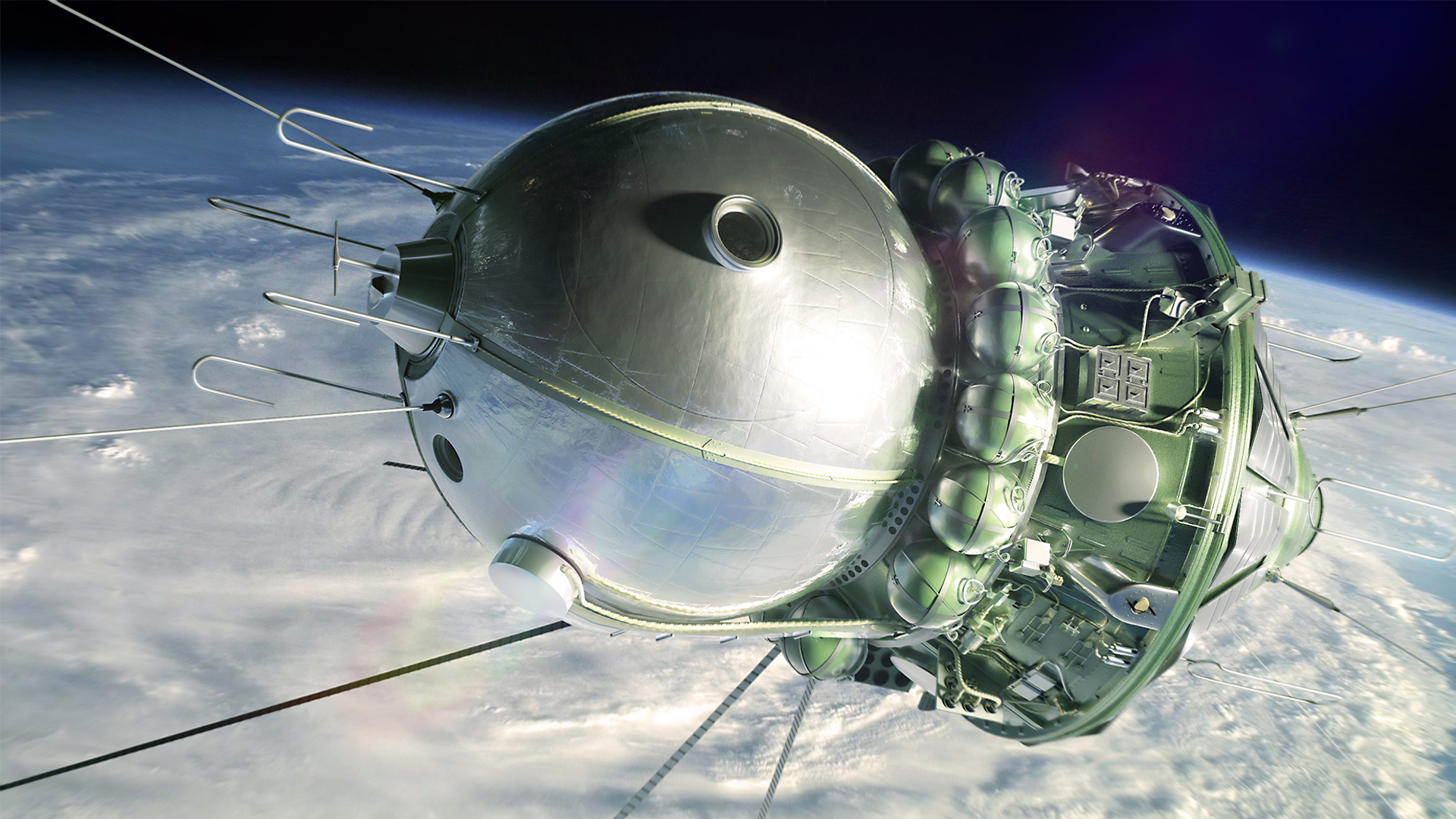
1965
The NII-648 began work on integrating the hybrid microcircuits into the space hardware. A pilot section for thin-film substrates production, sputtering passive elements and mounting integrated circuits was organized.
And already in 1972 production of specialized microelectronics commenced, which launched the widespread integration of own-produced hybrid microchips into space techniquies.
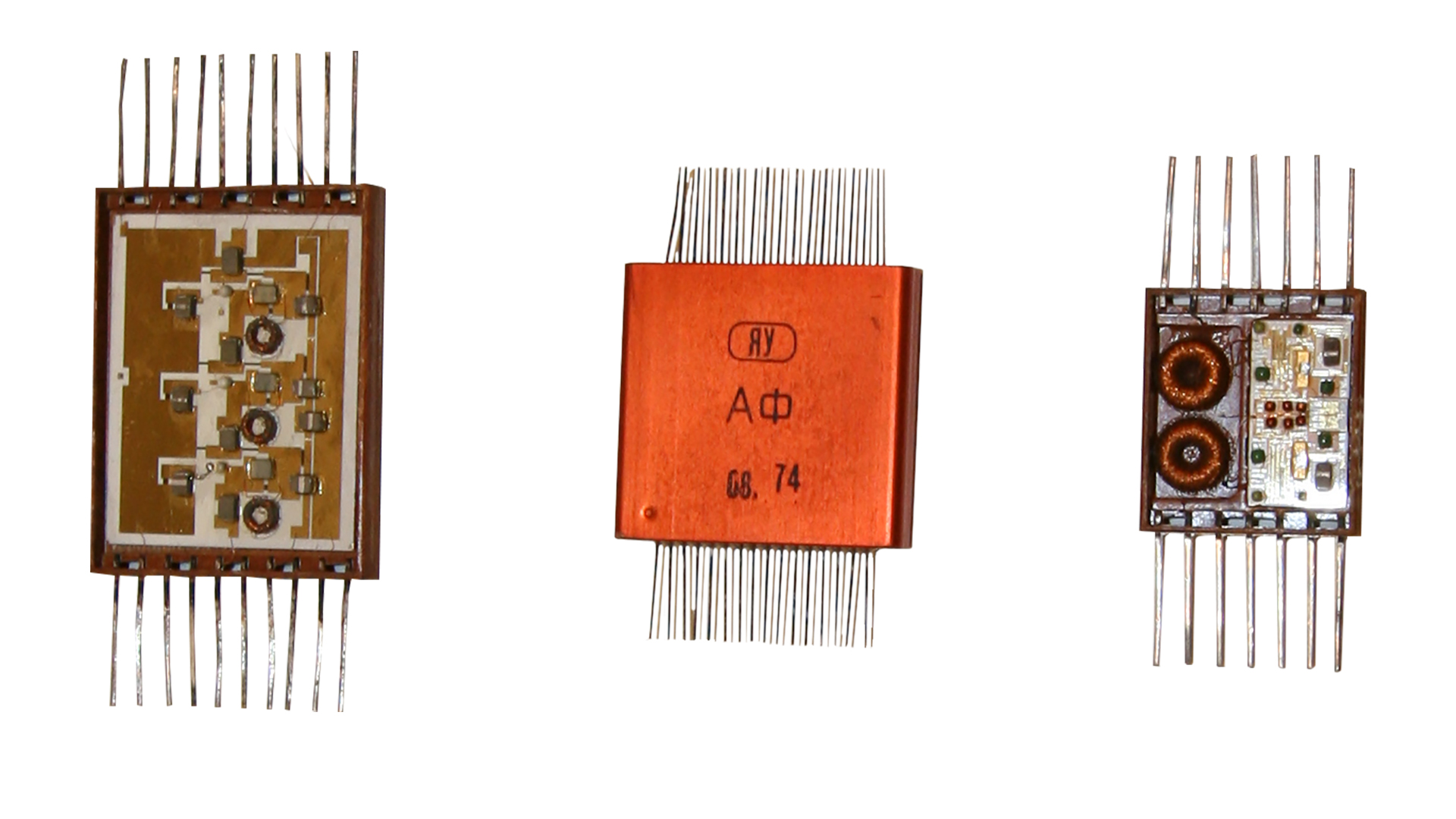
1967
On September 12, 1967, control procedures over the operation of artificial satellites began to be carried out by the first integrated command-program-trajectory radio link in the VHF band. Introduction of elements of automation at ground-based stations, implemented by hardware, for radio link control and management, was performed for the first time, long before the widespread use of computers.
On October 30, 1967, the world's first fully automatic docking of two “Soyuz” unmanned spacecraft known as “Cosmos-186” and “Cosmos-188”, orbiting the Earth, was conducted, using the “Igla” mutual measurement system (MMS). The Soviet engineers managed to carry out ultraprecise calculations of the relative position of two satellites and their movement towards each other.
The results of measurements, obtained by the “Igla” system were transmitted to the control systems of each spacecraft where they were used to generate commands for conducting the necessary maneuvers. 95 automatic dockings of various spacecraft were performed, using the “Igla” system. It was exploited for 17 years and ensured the operation of the “Salyut” space stations, their visit by astronauts and supply.
1969
On January 16, 1969, the world's first docking of the “Soyuz-4” and “Soyuz-5” manned spacecraft was conducting by means of the “Igla” system instruments.
On March 26, 1969, “Meteor-1” the first meteorological satellite of the USSR was launched. The control was accomplished by the “Post-2D-BKRL-BR” command radio link, capable of managing several satellites on the same pair of carrier frequencies.
Ground control stations ensured measurements, registration and issuing the current value of “Meteor” spacecraft velocity radial component in the communications line, as well as downlinking telesignaling.
1971
On January 18, 1971, our Institute was awarded the Order of the Red Banner of Labor for the successful implementation of the five-year plan and excellent organization of new techniques production.
On April 19, 1971, “Salyut” the world's first orbital station, was entered into orbit. It was equipped with the “Igla” mutual measurement system (MMS), which provided the docking of the orbital station and the “Soyuz-11” spacecraft with the first cosmonaut crew on board on June 7, 1971.On January 18, 1971, our Institute was awarded the Order of the Red Banner of Labor for the successful implementation of the five-year plan and excellent organization of new techniques production.
On April 19, 1971, “Salyut” the world's first orbital station, was entered into orbit. It was equipped with the “Igla” mutual measurement system (MMS), which provided the docking of the orbital station and the “Soyuz-11” spacecraft with the first cosmonaut crew on board on June 7, 1971.
1975
On July 17, 1975, the first ever docking and joint flight of the “Soyuz” spacecraft (USSR) and “Apollo” (USA) under the “EPAS” program was carried out, in which specialists from the “RIPI” took part.
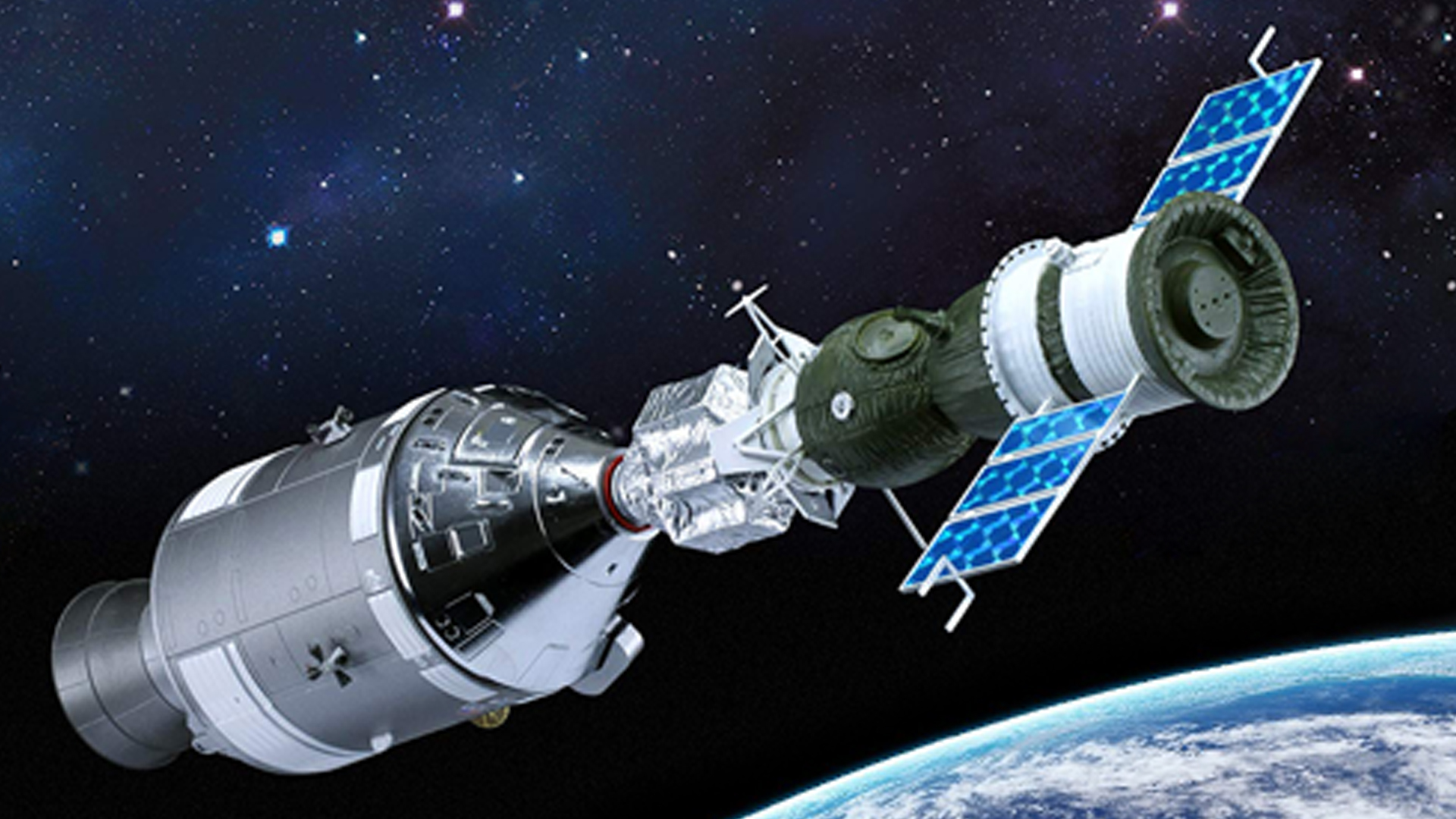
1976
On January 15, 1976, “RIPI” was awarded the Order of the Red Banner of Labor for its achievements in developing and fabrication of new techniques.

1982
On December 28, 1982, for the first time in our country, global operational support and control services were carried out through a geostationary scientific relay-satellite via a command-and measurement-system (CMS).
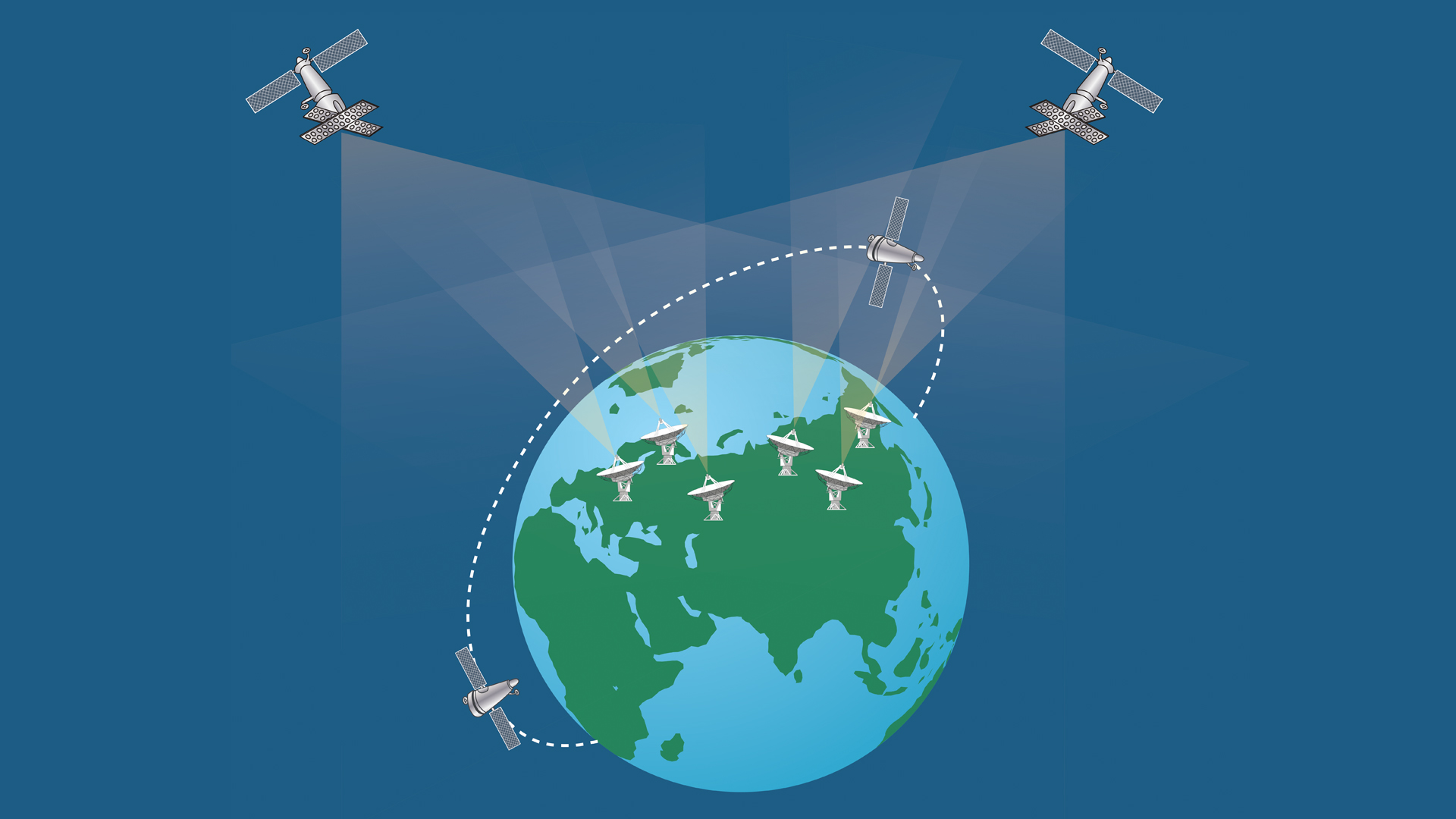
1983
On September 17, 1983, experiment was conducted at the “Salyut-7” orbital station using the first-ever spaceborne synthetic aperture radar.
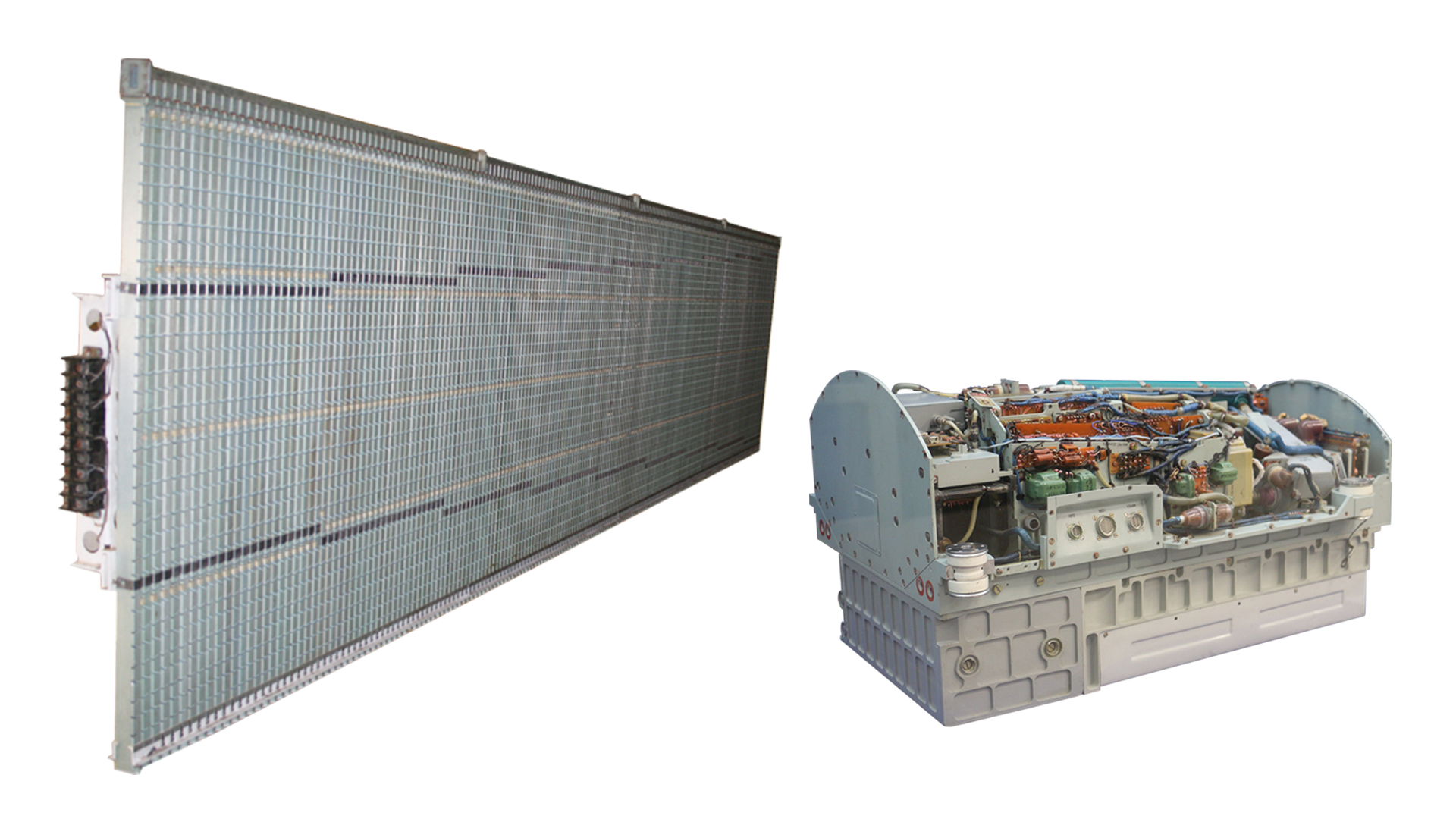
1986
On February 20, 1986, the base block of the “MIR” orbital station equipped with radio engineering complexes for the “ Igla” MMS and CMS was placed into orbit.
On April 19, 1987, hardware managed the “Kvant” module at the first stage – approach to the base block to a distance of 25 km. Their subsequent rendezvous and docking took place in automatic mode using the “Igla” instruments. For the further construction of the station, a new generation of radio engineering complexes developed at the “RIPI”, such as the automated command-and-measurement system and the “Kurs” docking equipment, were used.
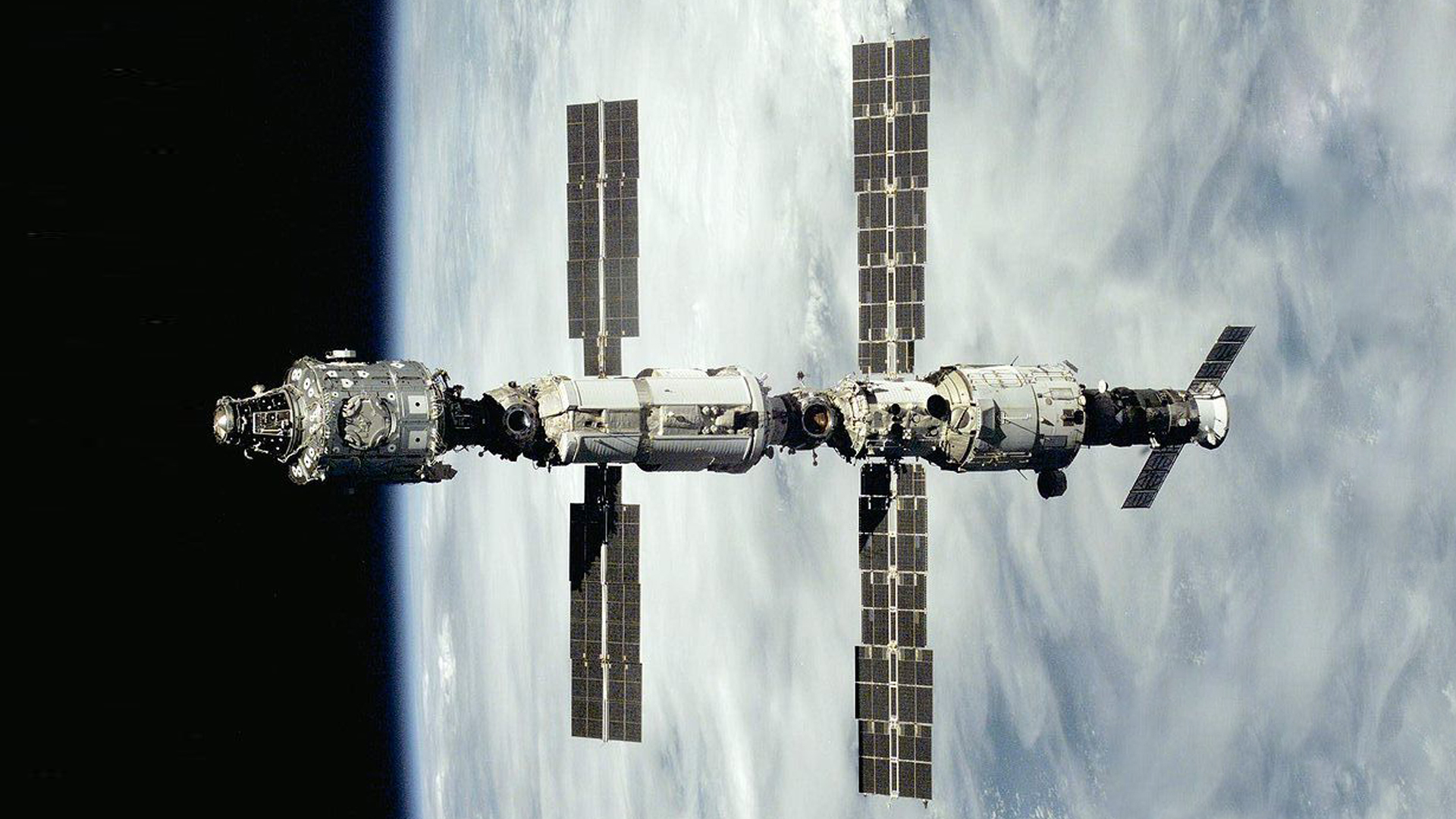
1996
On February 19, 1996, “Gonets-D1” the first communications satellite, equipped with the “Sadko” radio engineering complex was launched.
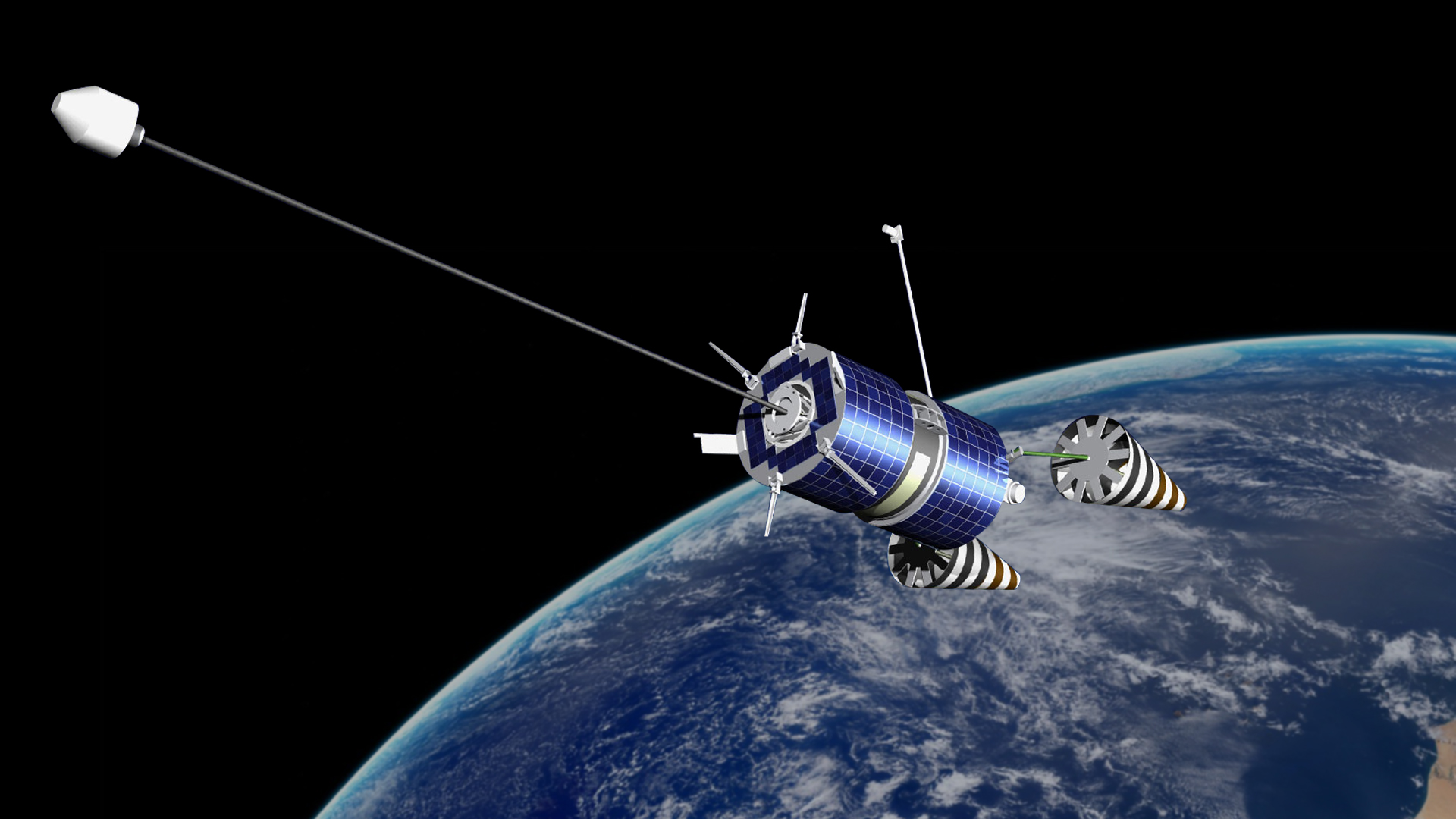
1998
On November 20, 1998, with the launch of the Russian “Zarya” module, the construction of the International space station (ISS), equipped with the “Kurs” MMS and the “Komparus” automated CMS began. On July 25, 2000, these systems provided automatic docking with the “Zvezda” module.
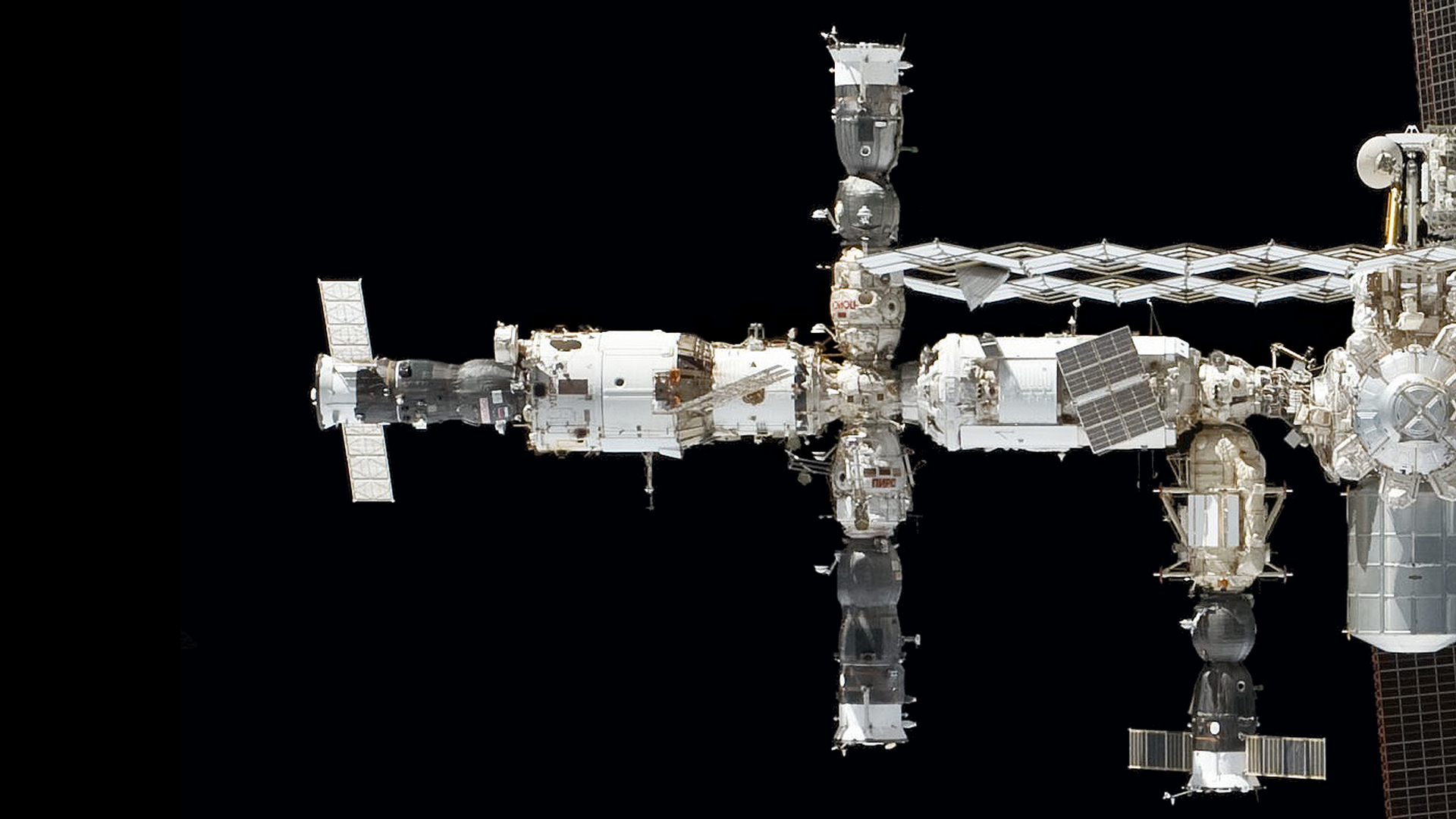
2001
On December 10, 2001, the “Meteor-3M” hydrometeorological and oceanographic satellite, equipped with “Komparus” CMS equipment was launched.
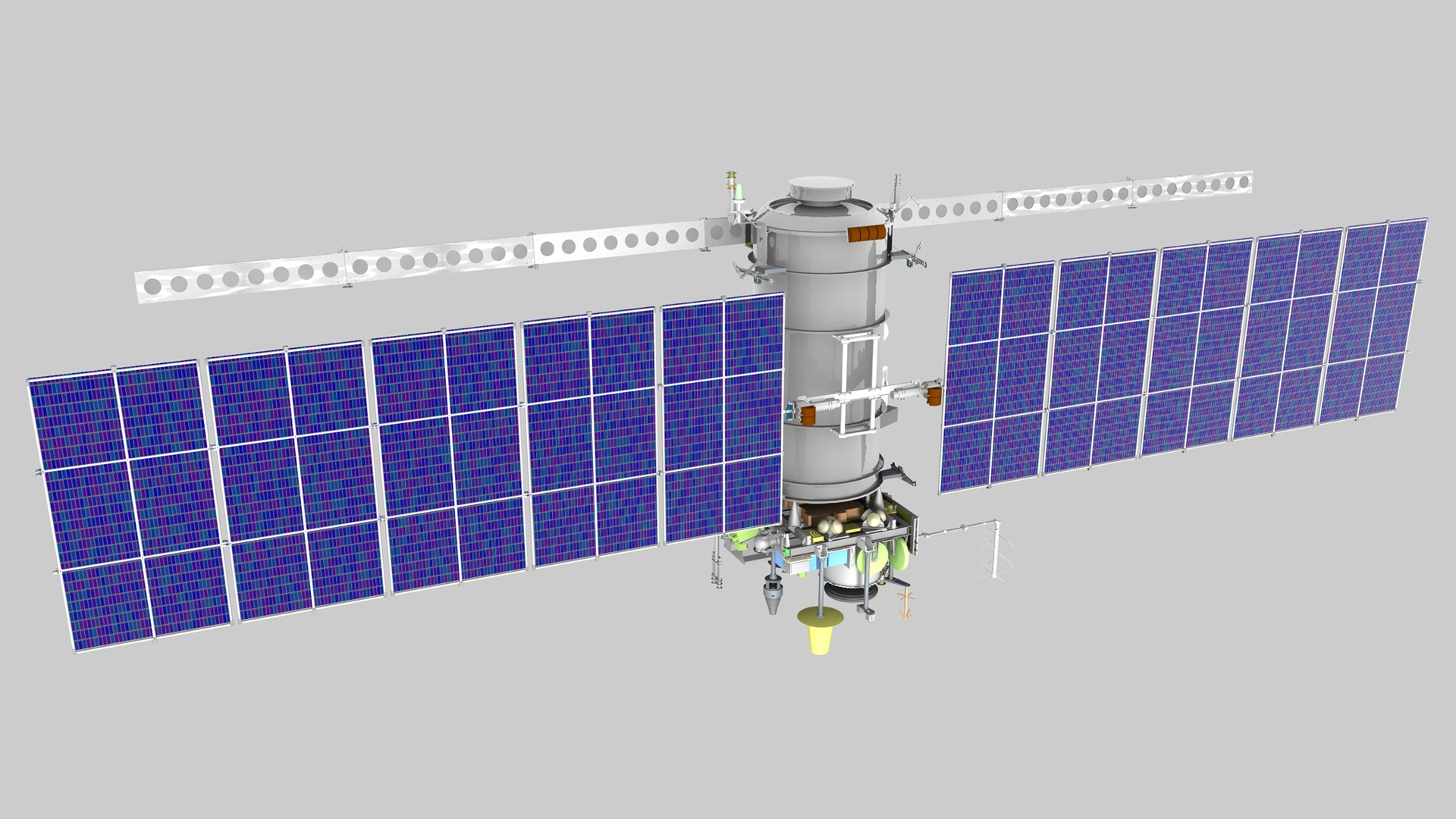
2006
On June 15, 2006, the launch of the “Resurs-DK1” ERS satellite with the “Komparus” CMS instruments and high-data-rate communications link equipment onboard, operating together with “Komparus” ground-based control complex and and “Resurs-DK” ground-based complex for acquisition and processing data, was launched. The “Resurs-DK1” spacecraft operated for 14 years in orbit, it’s 4 times more than the specified period of active life.
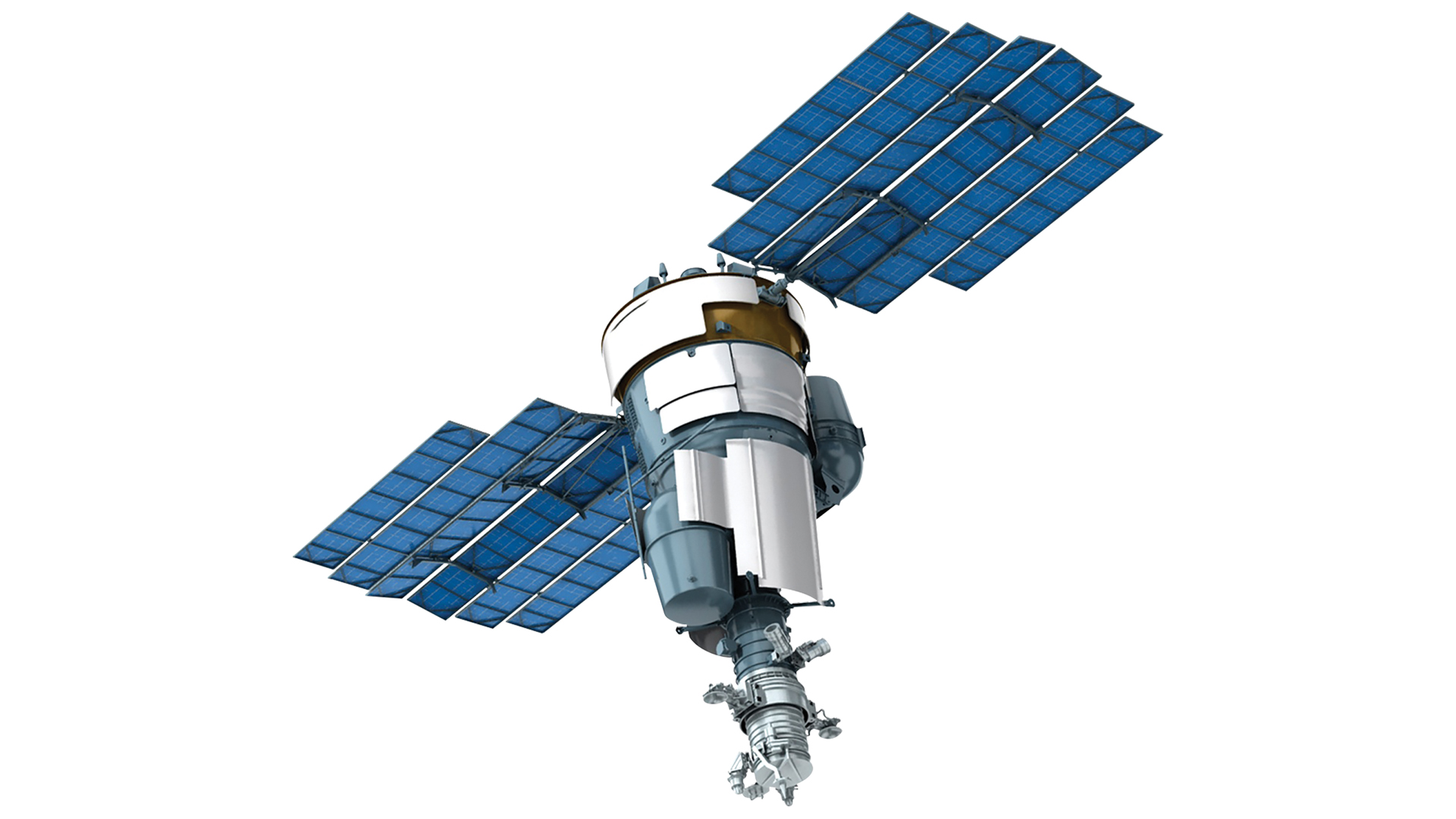
2009
On September 17, 2009, “Meteor-M” #1 hydrometeorological satellite with “Severyanin” spaceborne radar complex onboard was launched.
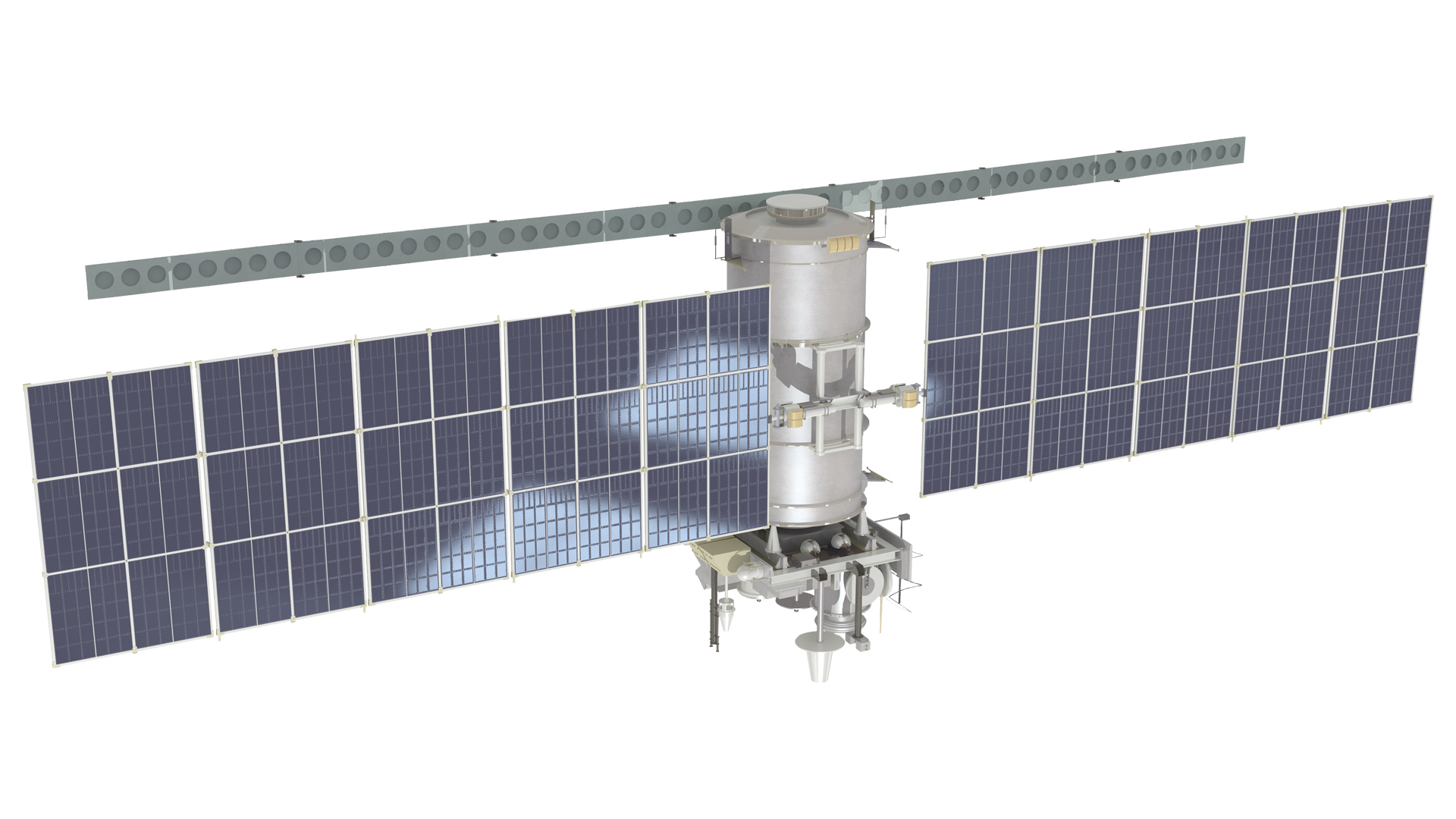
2010
JSC “RIPI” became a part of “Russian Space Systems” (RSS) Holding Company, the largest in the country and the world's leading manufacturer of precision instruments, software and electronics for space. JSC “RIPI” within the Holding specializes in the development of automated spacecraft control systems, mutual radio measurement systems for spacecraft docking as well as systems and complexes for the Earth remote sensing (ERS) data reception, processing and distribution.

2013
On June 25, 2013, “Resurs-P” ERS spacecraft, equipped with the “Komparus” CMS onboard equipment and high-data-rate communications link equipment, operating together with the “Komparus” ground-based control complex and and “Resurs-P” ground-based complex for acquisition and processing data, was launched.

2014
On April 25, 2014, “Kurs-NA” the third-generation system for search, rendezvous and docking of satellites was put into operation. For the first time it was used for automatic docking of the “Proton M-21M” with the ISS.
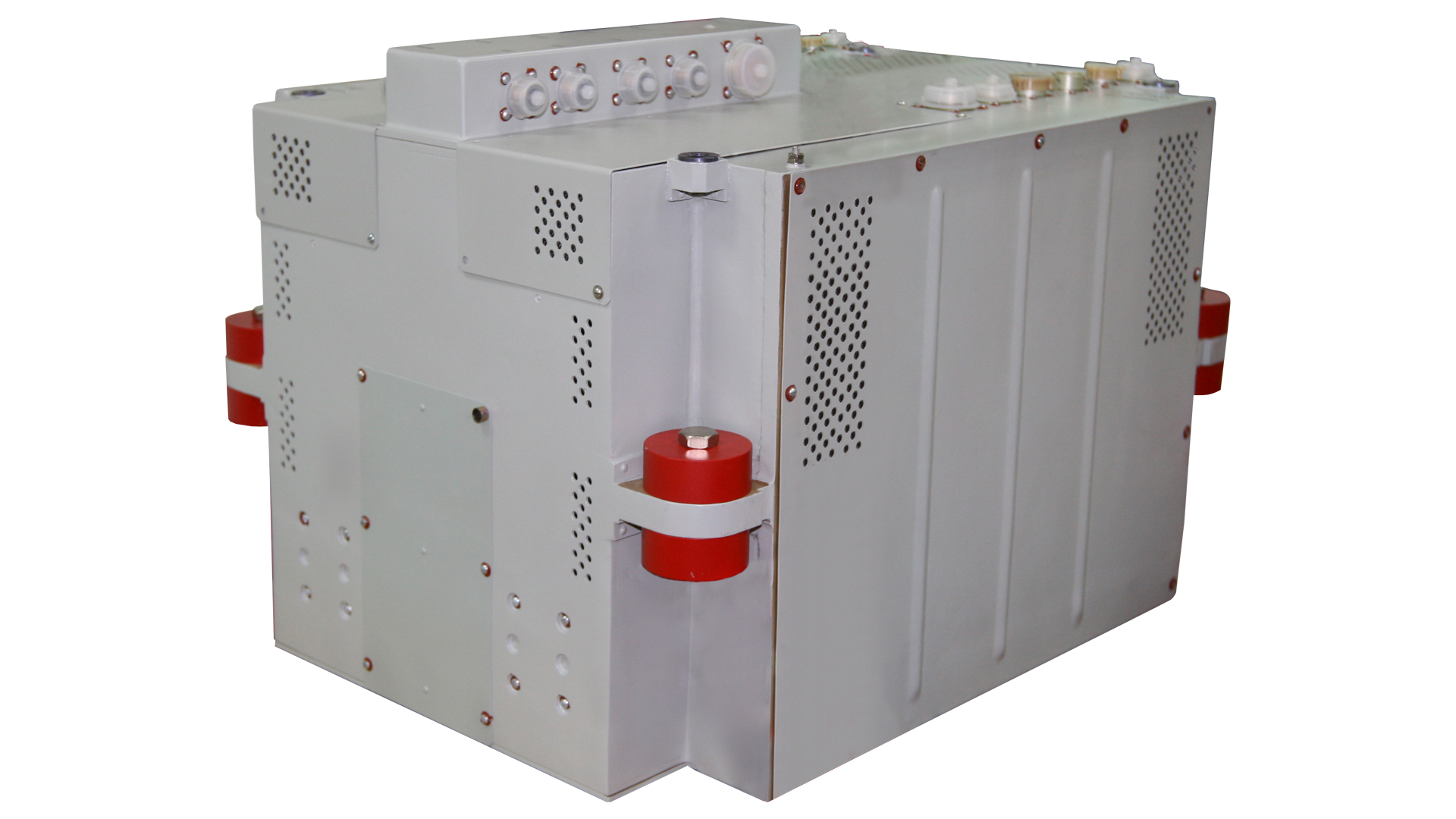
2015
JSC “RIPI” within an integrated framework of JSC “Russian Space Systems” is a competence center for space equipment development and manufacture based on low-temperature co-fired ceramics (LTCC) technology. The PCBs fabricated with the LTCC technology provide high thermal conductivity and have a coefficient of thermal expansion close to the basic semiconductor materials.
These PCBs are also distinguished by good electrical characteristics and tightness. The LTCC technology is applied to produce microwave emitting devices for modern active phased array radar (APAR) systems.
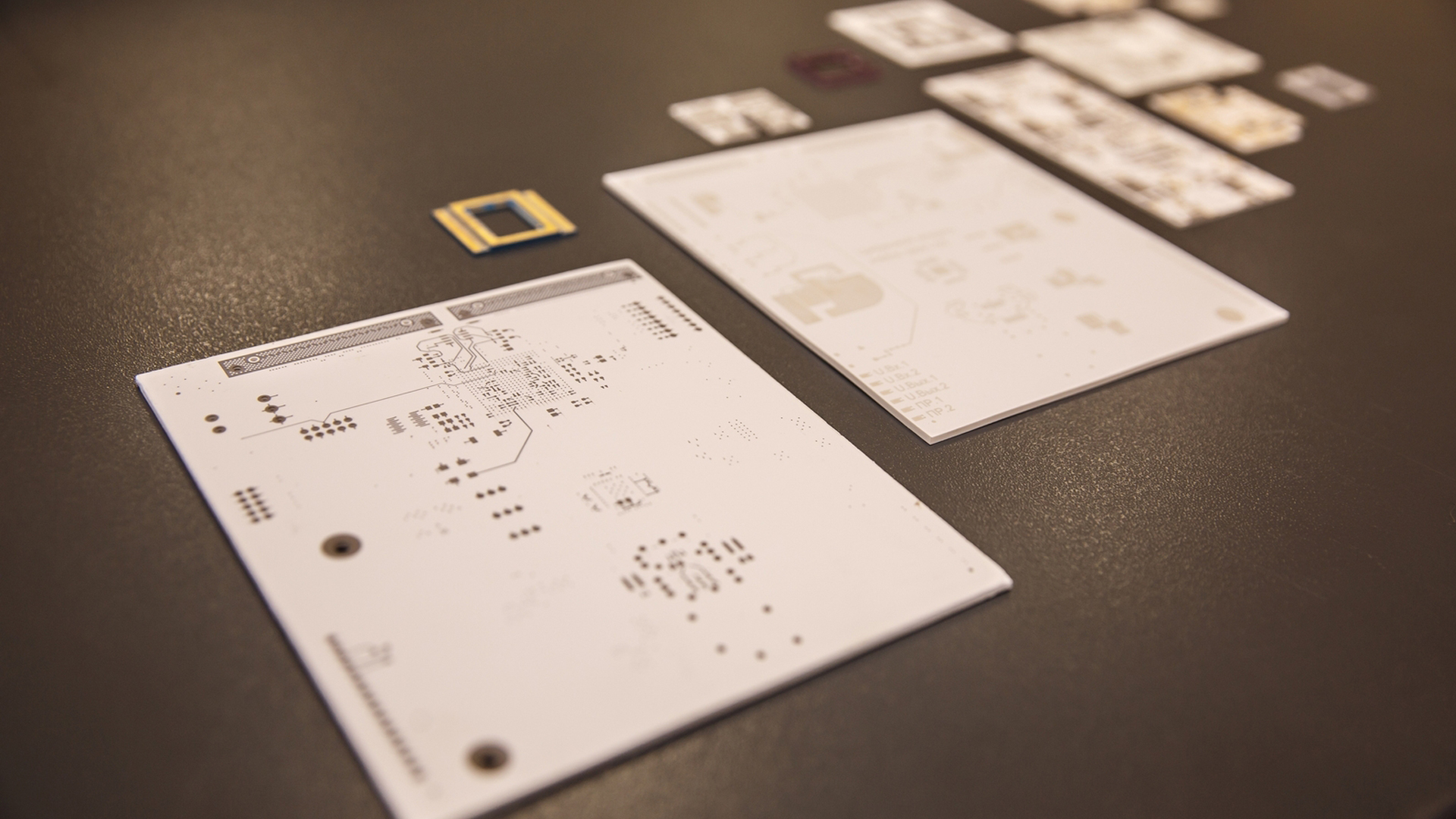
2016
The “RIPI” specialists developed a Mobile Receiving/Transmitting Complex (MRTC) designed to work with ERS data. The capabilities of this Complex allow receiving and processing space images anywhere in Russia on behalf of executive authorities including rescue personnel, forest guards, etc.
The MRTC is used to generate and issue a request for conducting surveys from the ERS satellites. It provides an automatic reception of these data via the relay satellites placed in stationary orbits, processes it and displays it on the operator's monitor. The maximum amount of information received by the spacecraft of “Resurs-P” type for one communications session is processed by the Complex in less than 25 minutes. One MRTC is able to combine the functionality of several ground-based stations, i.e. it’s capable of simultaneously providing ERS data reception, its high-speed exchange via relay satellites and satellite communications.
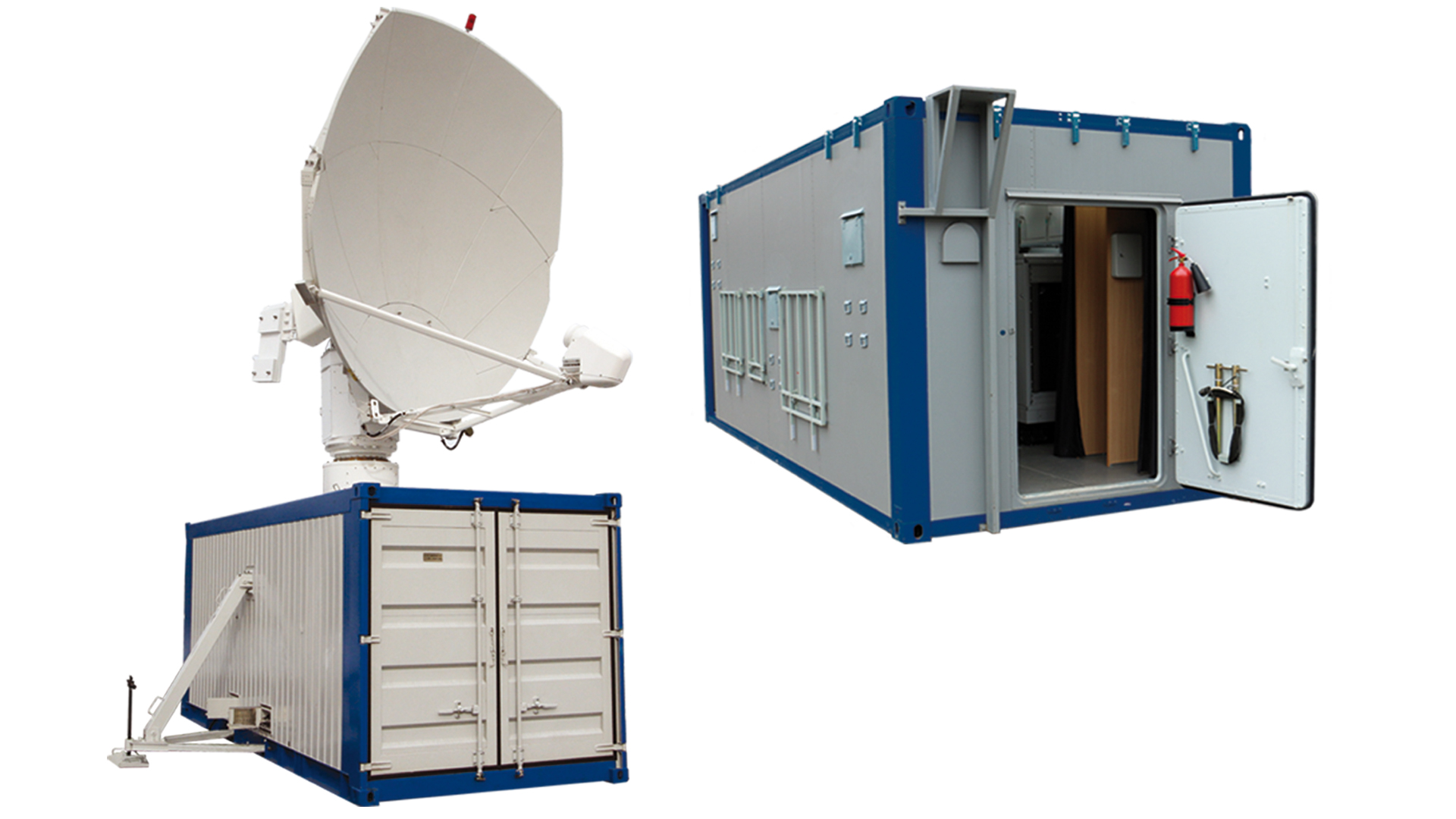
2017
Specialists of JSC “RIPI” designed the Integrated Geographically Distributed ERS information system (IGDERSIS), which integrated all ground segment infrastructure, providing control over targeted use of the Russian ERS satellites; reception, processing and transmission of ERS data to end users.
The coordination of previously dissimilar and disconnected centers belonging to various ministries, departments and individual organizations permits a rational distribution of tasks according to the technical capabilities of each component of the whole system. The system consists of major centers, which are optimally located throughout the entire territory of Russia including the Arctic and Antarctic zones. This allows planning the survey, receiving and processing data from the spacecraft comprehensively with no additional recourses. The application of this system has allowed to increase the efficiency of providing ERS data and information products on its basis for a wide range of users.
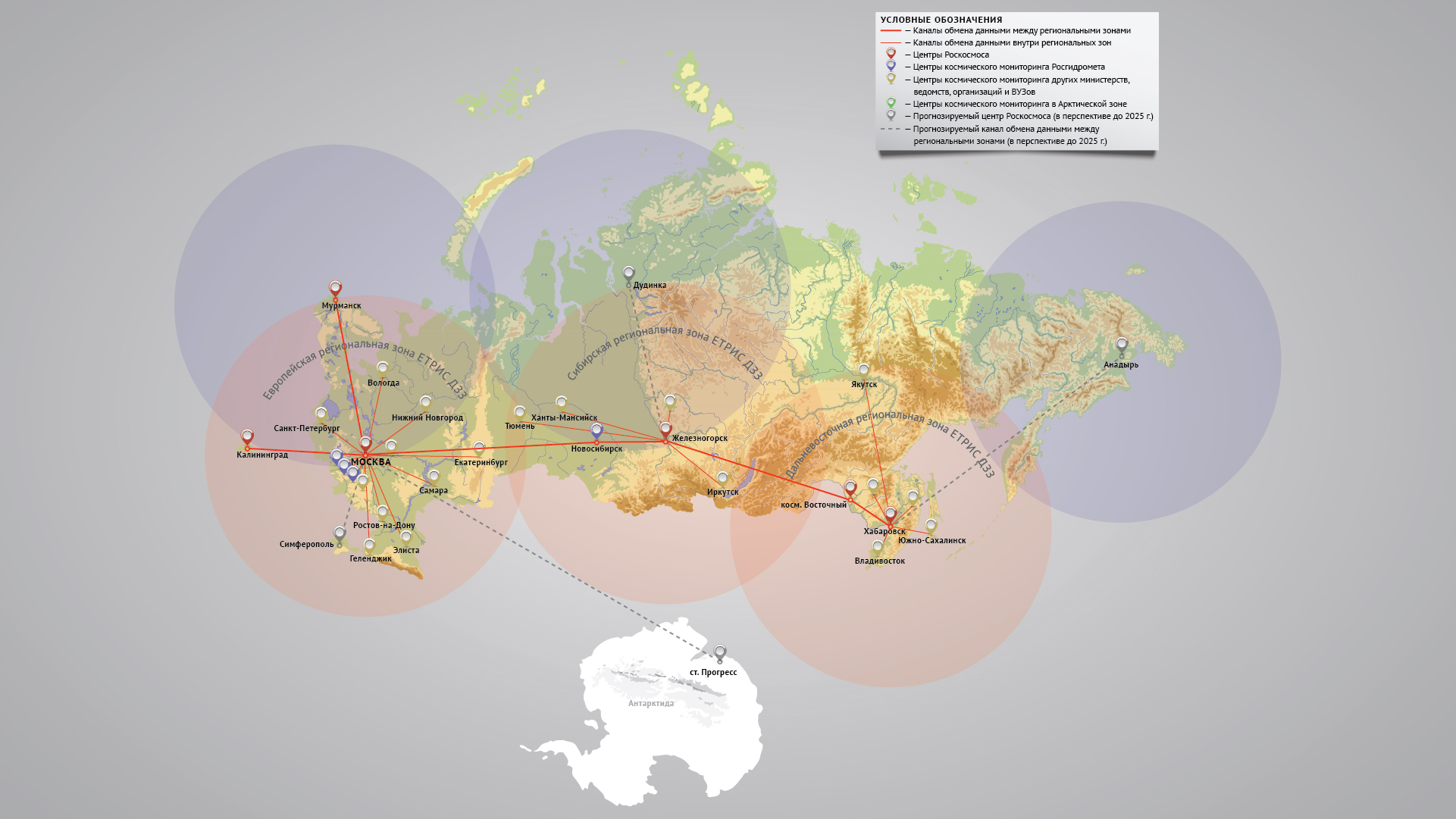
“Kasatka-R” spaceborne radar
The “Kasatka-R” synthetic aperture radar (SAR) designed by specialists of our institute will become the main special-purpose equipment for the “Obzor-R”, next-generation ERS satellite. Application of the Digital Beam Forming (DBF) technology for Kasatka-R ensures a significant increase in the adaptive properties of the radar itself and the ability to manage the survey parameters, which makes it possible to generate radar images of the earth's surface with a maximum resolution of 0.5-0.3 m.
It is expected, that the “Obzor-R” spacecraft equipped with the “Kasatka-R” radar will substantially expand the capacity of the Russian ERS constellation. The spaceborne radar allows conducting a radar survey of the Earth's surface in X-band, round-the-clock and regardless of weather conditions
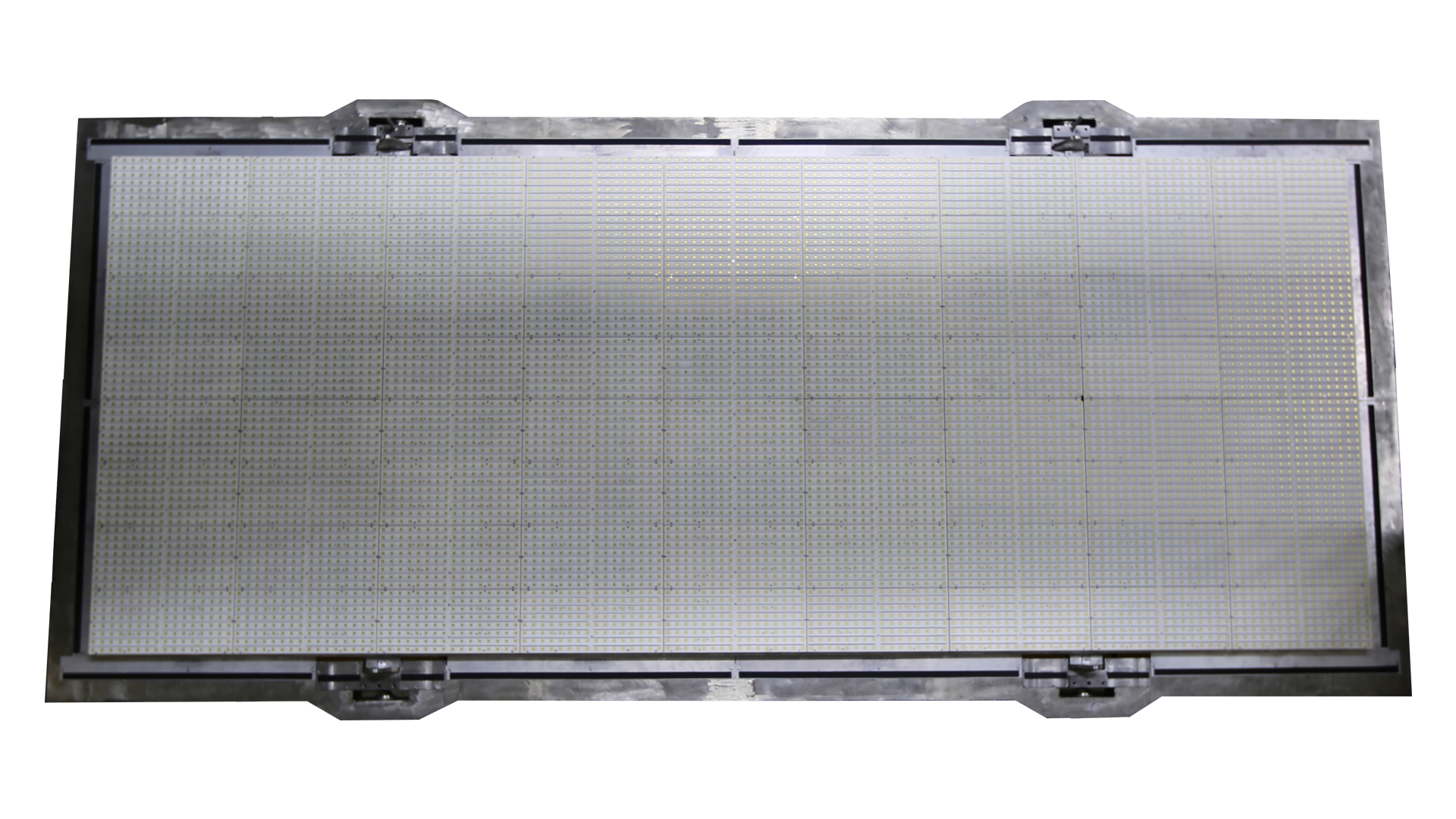
«Kurs-MKP» system
The “RIPI” specialists are developing “Kurs-MKP” - a new system for docking manned and cargo spacecraft for the Russian segment of the ISS, that is due to replace the analogue equipment. Achievements of this project are planned to be used for designing spacecraft docking system in orbit around the Moon.
The new equipment will be compatible with the “Kurs-NA” docking system, already being installed on spacecraft of the “Soyuz-MS” and “Progress-MS” series. The “Kurs-MKP” system has all the advantages of the digital equipment - it is lighter and three times more energy-efficient, than its previous-generation analogue.
Each “Kurs-MKP” consists of structurally completed modules. This permits using the system's instruments both in pressurized sections of the orbital station, and under the conditions of possible depressurization, which ensures the system’s uninterrupted operation.
